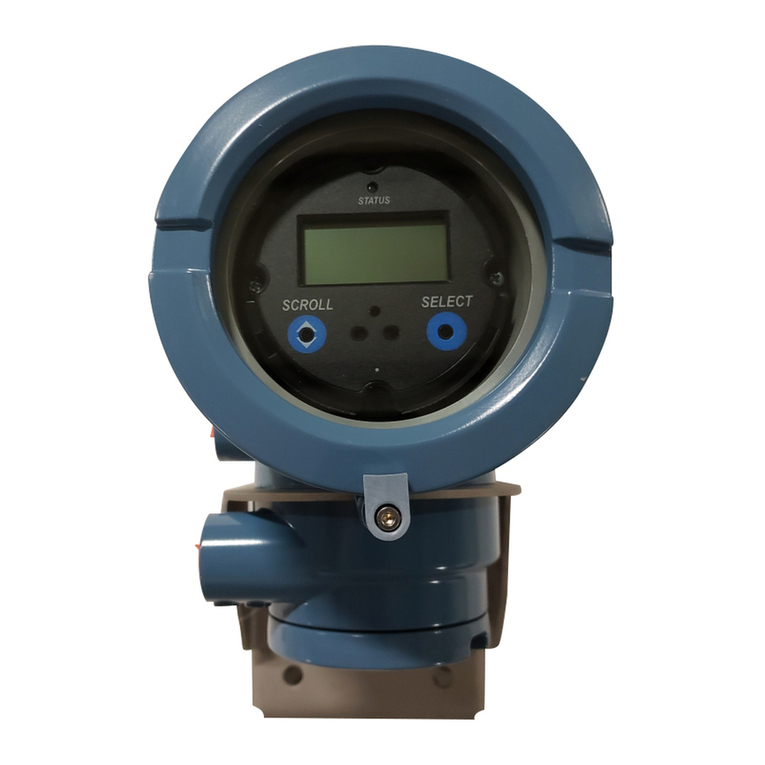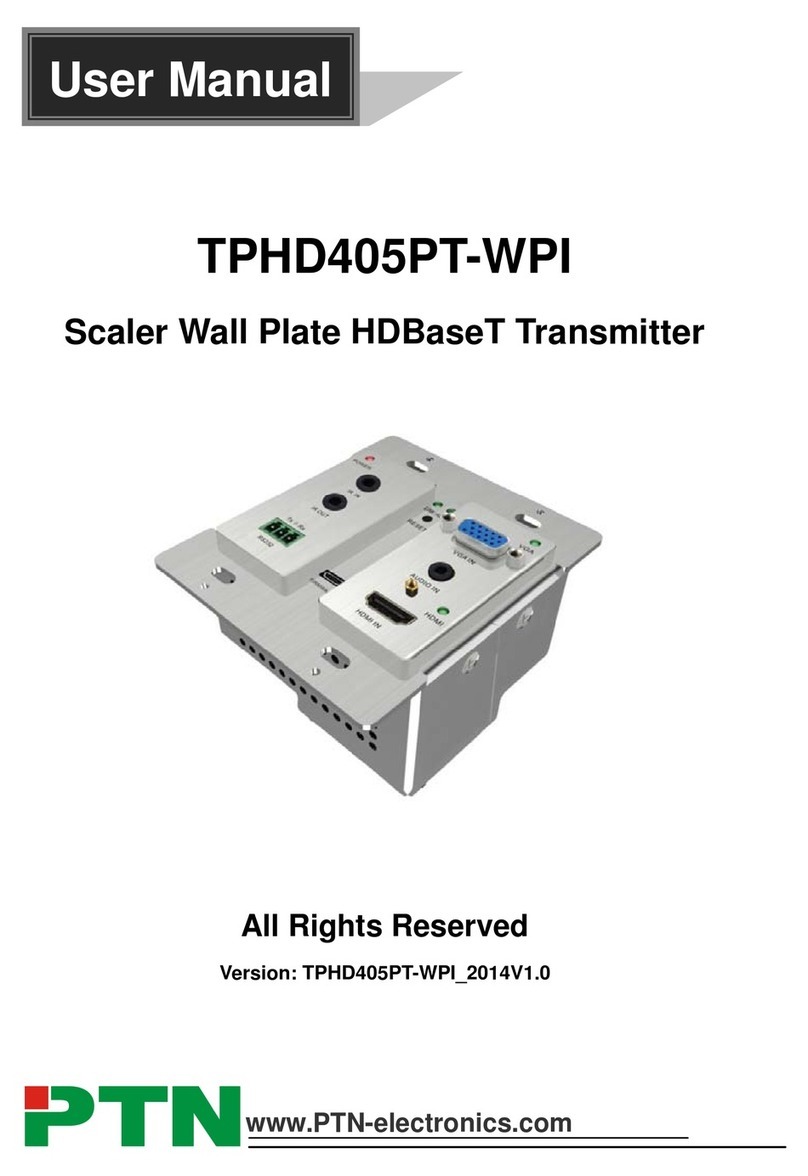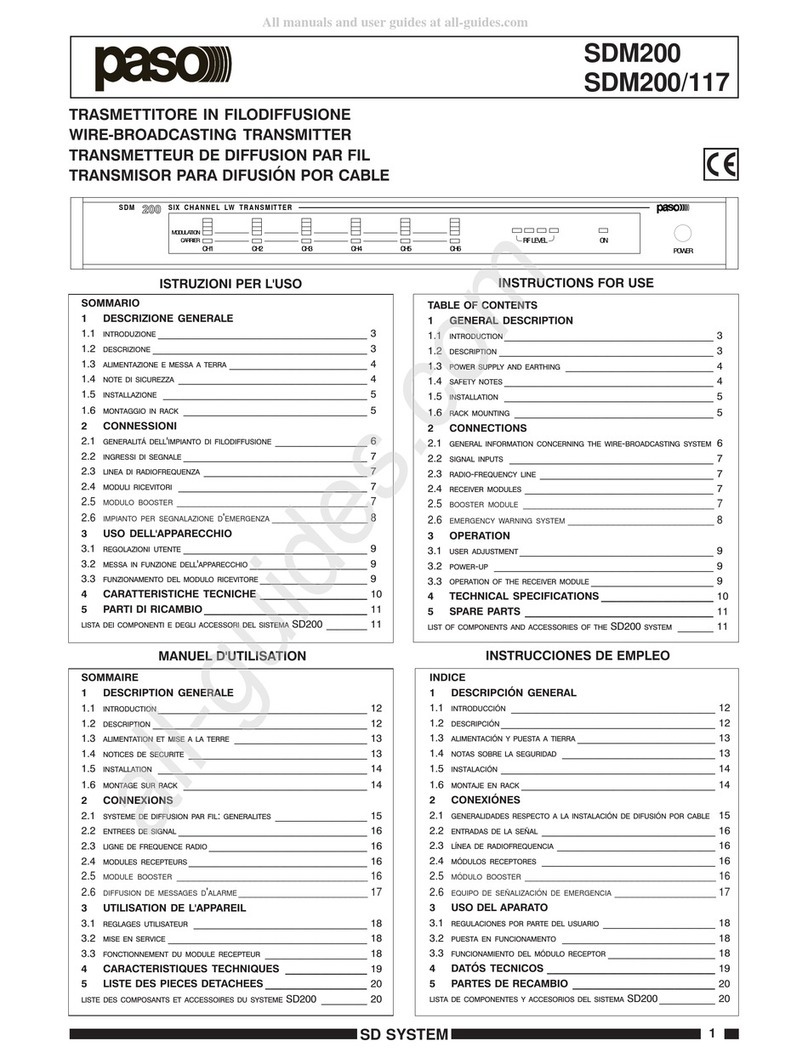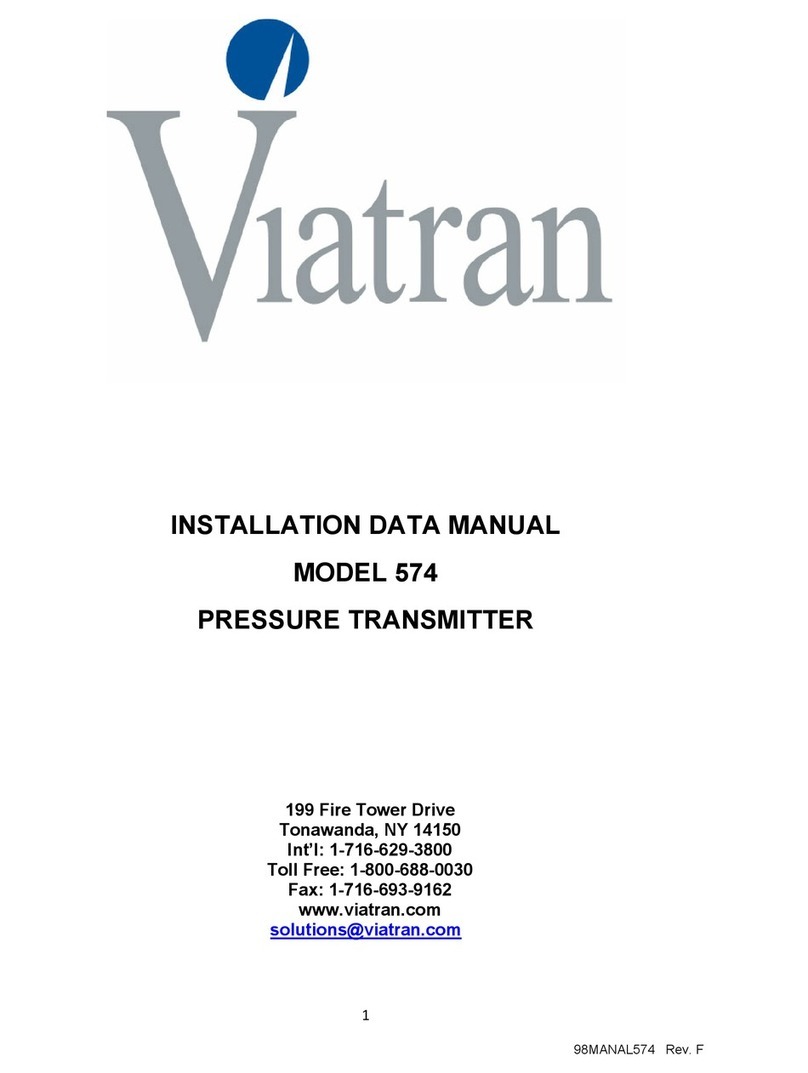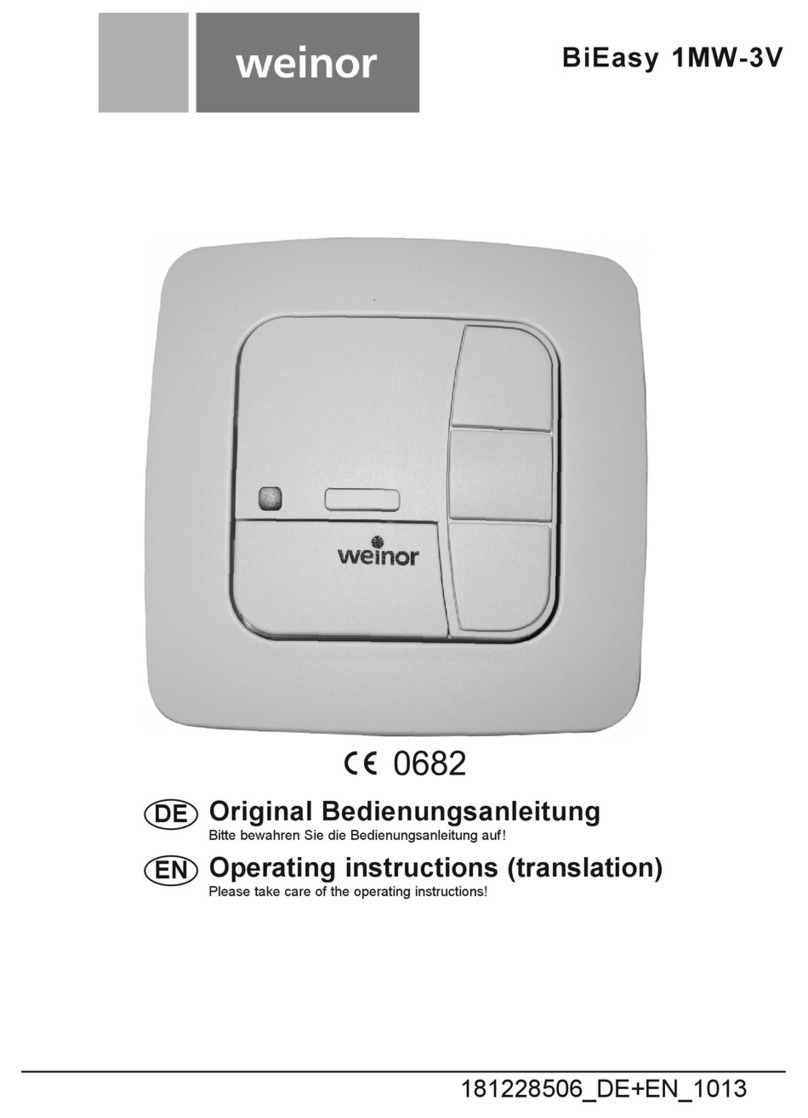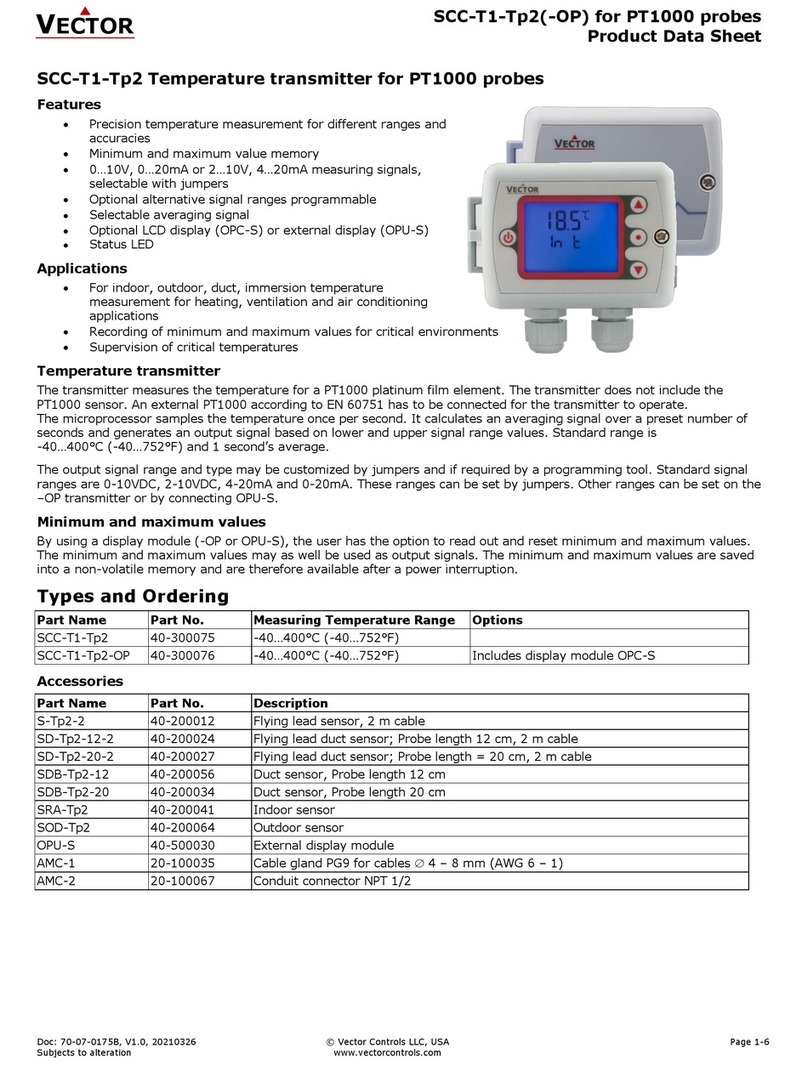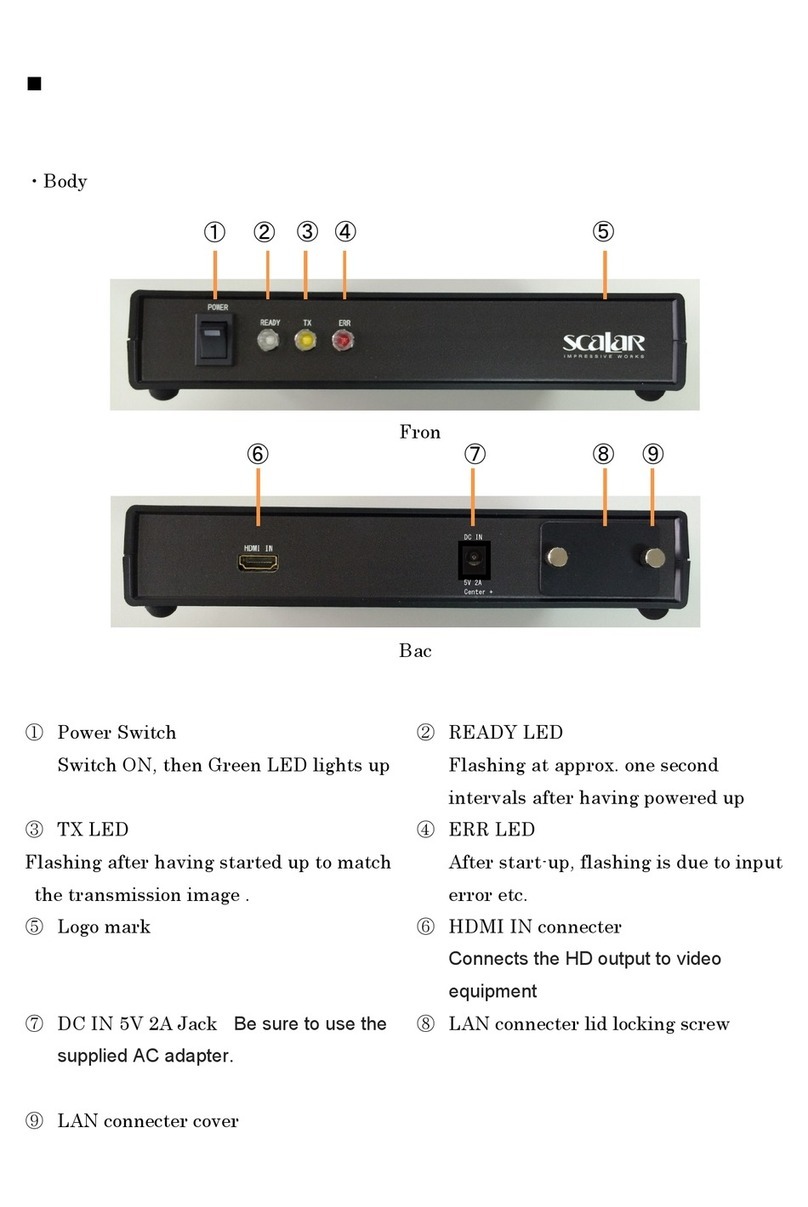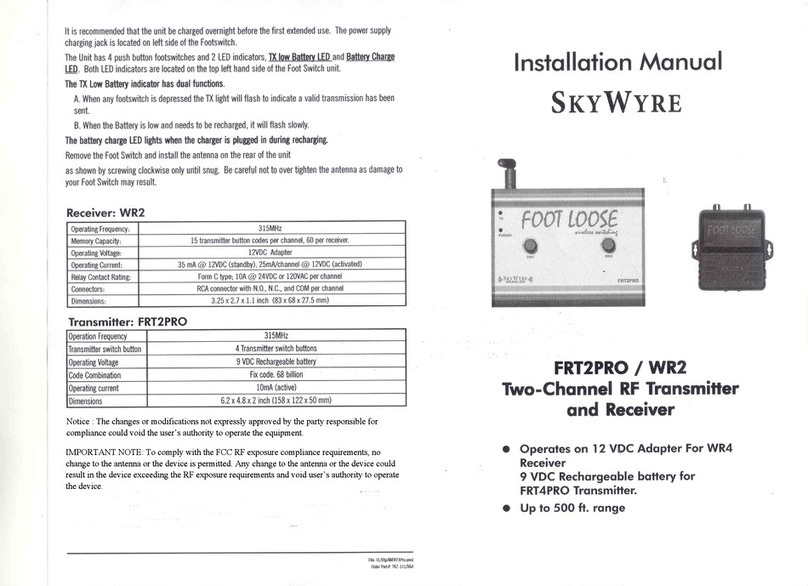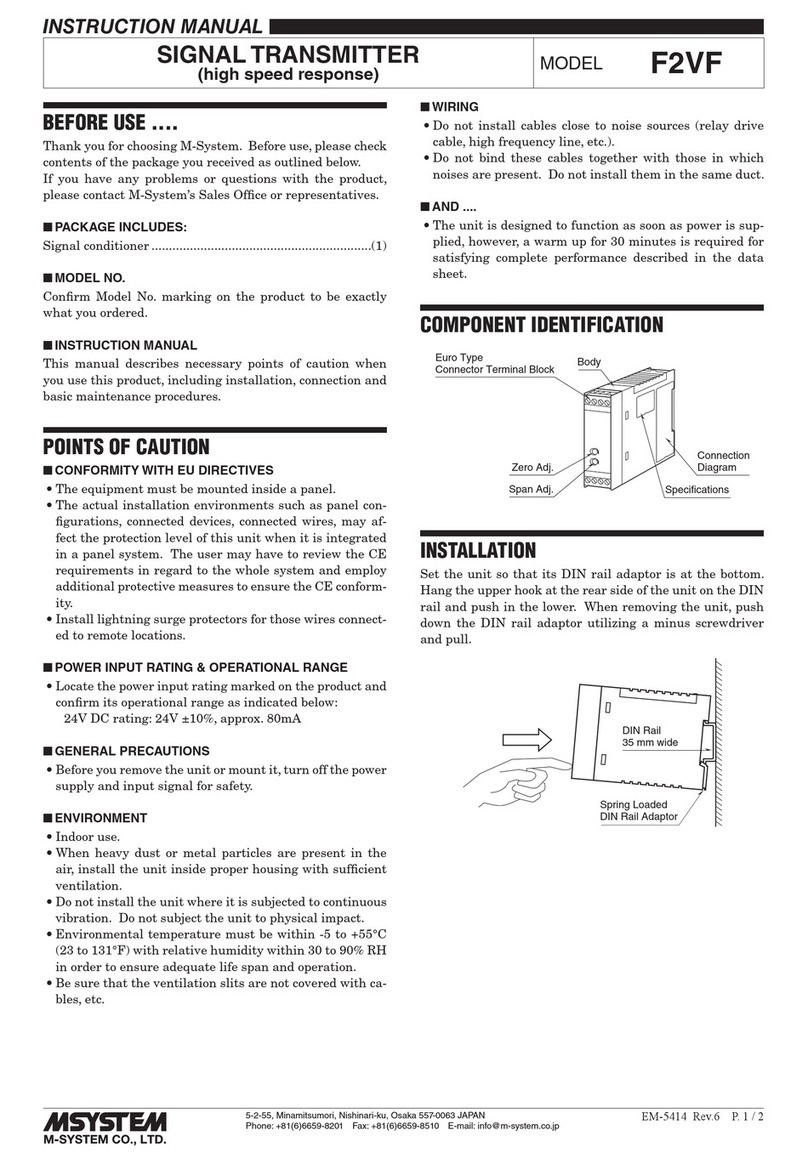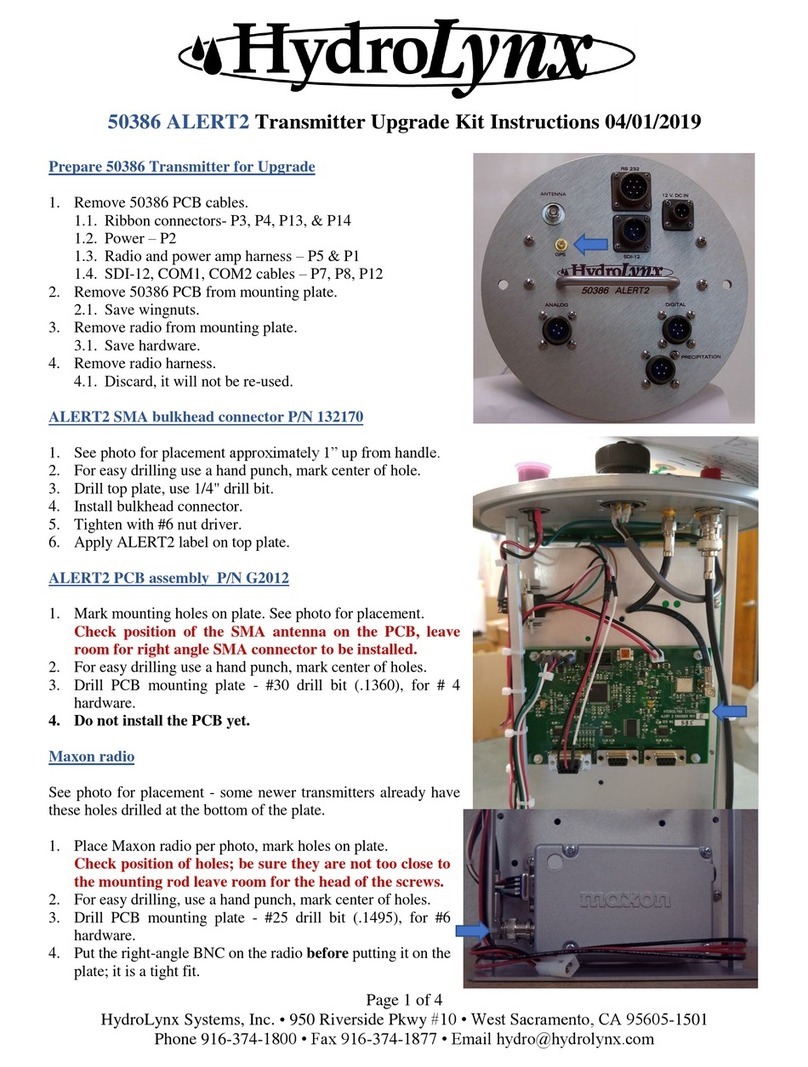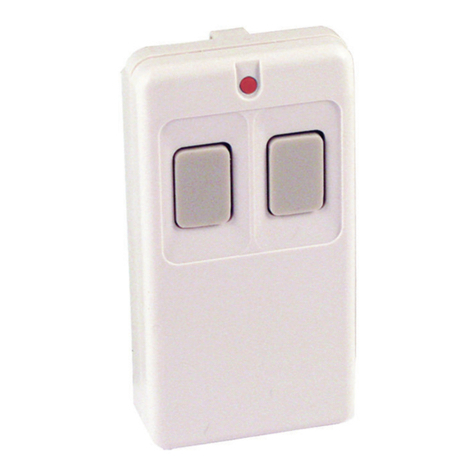Berker 2766 Service manual

Radio hand-held transmitter comfort
Order-No. : 2766
Operation- and
Assembly Instructions
1 Safety instructions
Electrical equipment may only be installed and fitted by electrically skilled persons.
Failure to observe the instructions may cause damage to the device and result in fire and
other hazards.
Risk of explosion! Do not recharge batteries.
Risk of explosion! Do not throw batteries into fire.
These instructions are an integral part of the product, and must remain with the end
customer.
2 Device components
Figure 1
(1) Hand transmitter
(2) All On button
(3) All Off button
(4) Group buttons with LED
(5) Channel buttons
(6) Light scene buttons
(7) Master dimming button
3 Function
System information
By statute, the transmitting power, the reception characteristics and the antenna cannot be
changed.
The device may be operated in all EU and EFTA countries.
The declaration of conformity can be viewed on our website.
The range of a radio system from the transmitter to the receiver depends on various
circumstances.
Seite 1/6
Radio hand-held transmitter comfort
82526111
97-09495-000 12.09.2011
radio bus

The range of the system can be optimised by selecting the optimal installation location, taking
into account the structural circumstances.
Figure 2: Reduced range due to structural obstacles
Example of penetration of various materials:
Material Penetration
Wood, Plaster, Plasterboard approx. 90%
Brick, Chipboard approx. 70%
Reinforced concrete approx. 30%
Metal, Metal grid approx. 10%
Rain, Snow approx. 1-40%
Intended use
- Radio hand transmitter for transmission of switching, dimming, blind movement and light
scene commands
- Operation with suitable radio actuators
Product characteristics
- 3 groups A, B, C each with 8 channels for switchtin, dimming and blinds, e.g 24 radio
channels can be operated individually.
- All on or All off buton for simultaneous switching of all loads
- Saving and calling-up of up to 5 light scenes
- Master dimming switch for switching and dimming of light scenes
- Battery-powered device
4 Operation
Activation of a group
For better structuring of the channels (e.g. after rooms or stages); 3 groups (A, B, C), each with
8 channels are available. In each case, one group with eight functions can be controlled
directly.
If one of the eight channel buttons is pressed, then the LED of the active LED lights up briefly.
i Once the batteries have been inserted, Group A is active.
Brief changing of the group.
o Press group button for less than 4 seconds.
Desired channel button must be pressed within 4 seconds, after which the previously set
group becomes active again.
Seite 2/6 12.09.2011
82526111
97-09495-000
radio bus
Radio hand-held transmitter comfort

Permanent changing of the group
o Press group button for longer than 4 seconds.
The LED of the group flashes for approx. 4 seconds.
Desired group is active continuously.
Transmitting radio telegrams
Each channel button can be operated on the left /\ or right \/.
The radio transmitter has been taught (see Commissioning chapter).
i No telegram is sent when several buttons are pressed at the same time.
o Press desired channel button.
Group LED lights up as long as the channel button is pressed,
Receiver responds depending on the channel button pressed and the length of the button-
press.
Channel button Length Lighting Venetian blind
left /\ less than 1 second Switch on Slat
adjustment
left /\ longer than 1 second Switch on/brighter Blind moves up
right \/ less than 1 second Switch off Slat
adjustment
right \/ longer than 1 second Switch off/darker Blind moves down
i The maximum transmitting length is 12 seconds, even if another button is pressed after
that.
Call up All On/All Off
i During teaching of the first channel of the hand-held transmitter, the receiver learns the All
on/All off button automatically.
The manual transmitter is taught into the receiver.
o Press the All On (2) or All Off button (3) for longer than 1 second.
The load is switched on or off on all receivers.
As an acknowledgement, all group LEDs (4) light up for approx. 12 seconds.
Change All On/All Off
If receivers do not switch to 100% brightness or switch Off when the All On or All Off button is
pressed, the brightness value can be changed for each receiver.
o Press the All On or All Off button for at least 1 second.
All taught receivers switch On or Off.
o Adjust the desired lighting situation for All On or All Off.
o Press the All On or All Off button for at least 10 seconds.
First the old lighting situation is called up; do not release the button during this. After about
10 seconds the new lighting situation is activated and saved.
The three group LEDs flash as an acknowledgement.
i If a receiver does not respond anymore to the All On or All Off button, the receiver must be
in the programming mode while changing from All On or All Off (see instructions for the
receiver).
Save light scene
The scope of a light scene includes:
- Fixed dimming value of a lighting, e.g. 70% of the maximum brightness or
- fixed switching state of a load, e.g. fan switched on or
- fixed end position of a blind, e.g blind lowered.
Light scene button (6) has been taught (see Commissioning chapter).
Seite 3/6 12.09.2011
82526111
97-09495-000
radio bus
Radio hand-held transmitter comfort

o Set the required lighting situation.
o Press the desired light scene button for longer than 3 seconds.
First the old light scene is called up; do not release the button during this. After about 3
seconds the new light scene is saved and activated.
Call up light scene
Light scene button (6) has been taught (see Commissioning chapter).
o Press the light scene button for shorter than 3 seconds.
Receiver switches to the stored light scene value.
Change light scene with master dimming button
Only possible with the actual radio dimmer.
o Press master dimming button (7) for less than 1 second.
The last light scene called up is switched on or off.
o Press master dimming button (7) for longer than 1 second.
The last light scene called up is made brighter or darker.
i A blind cannot be operated using the master dimming button.
5 Information for electrically skilled persons
5.1 Commissioning
Insert batteries
i The batteries are not included in the scope of delivery.
Figure 3: Insert batteries
o Open the battery compartment (8) on the rear of the housing by pressing on it lightly.
Seite 4/6 12.09.2011
82526111
97-09495-000
radio bus
Radio hand-held transmitter comfort

WARNING!
Risk of chemical burns.
Batteries can burst and leak.
Exchange all batteries in a set at the same time.
Replace batteries only with an identical or equivalent type.
o Insert batteries (9). Note the correct polarity.
o Close battery compartment.
Teach the channel of the radio transmitter or the light scene button.
In order for a receiver to understand a radio telegram of the radio transmitter, the receiver has
to "learn" this radio telegram. A channel of the radio transmitter can be taught in any number of
receivers. The teaching procedure only results in an assignment in the receiver.
When teaching a radio transmitter, the range of the receiver is reduced to about 5 m. The
distance between the receiver and the transmitter being taught should therefore be between
0.5 m and 5 m.
o Switch receiver to programming mode (see instructions for receiver).
o Press the /\ / \/ button of the desired channel for longer than 1 second or press the light
scene button for longer than 3 seconds.
The LED of the receiver lights up as an acknowledgement of the teaching procedure.
o Exit programming mode of the receiver.
The channel of the radio transmitter or the light scene button has been taught.
i The taught receiver can can be entered on the supplied label. The label can be stuck on
the back of the hand-held transmitter.
Deleting the channel of the hand-held transmitter
o Teach-in the channel to be deleted again.
6 Appendix
Remove empty batteries immediately and dispose of in an environmentally friendly
manner. Do not throw batteries into household waste. Consult your local authorities
about environmentally friendly disposal. According to statutory provisions, the end
consumer is obligated to return used batteries.
The symbol confirms the conformity of the product to the relevant guidelines.
6.1 Technical data
Rated voltage DC 6 V
Battery type 4×alkaline LR 03
Ambient temperature 0 ... +55 °C
Relative humidity max. 80 % (No moisture condensation)
Dimensions W×H×D 192×53×23 mm
Carrier frequency 433.42 MHz (ASK)
Transmitting range in free field typical 100 m
Transmitting power < 10 mW
6.2 Troubleshooting
After a button-press all LEDs flash for approx. 4 seconds
Cause: batteries in the transmitter are almost empty.
Change batteries (see section insert the batteries).
Seite 5/6 12.09.2011
82526111
97-09495-000
radio bus
Radio hand-held transmitter comfort

Radio receiver does not respond, or only sometimes.
Cause: Radio range exceeded. Structural obstacles reduce the range.
Using a radio repeater.
6.3 Warranty
We reserve the right to make technical and formal changes to the product in the interest of
technical progress.
Our products are under guarantee within the scope of the statutory provisions.
If you have a warranty claim, please contact the point of sale or ship the device postage free
with a description of the fault to the appropriate regional representative.
Berker GmbH & Co. KG
Klagebach 38
58579 Schalksmühle/Germany
Telefon + 49 (0) 2355/905-0
Telefax + 49 (0) 2355/905-111
www.berker.de
Seite 6/6 12.09.2011
82526111
97-09495-000
radio bus
Radio hand-held transmitter comfort
Table of contents
Other Berker Transmitter manuals

Berker
Berker 85607100 User manual
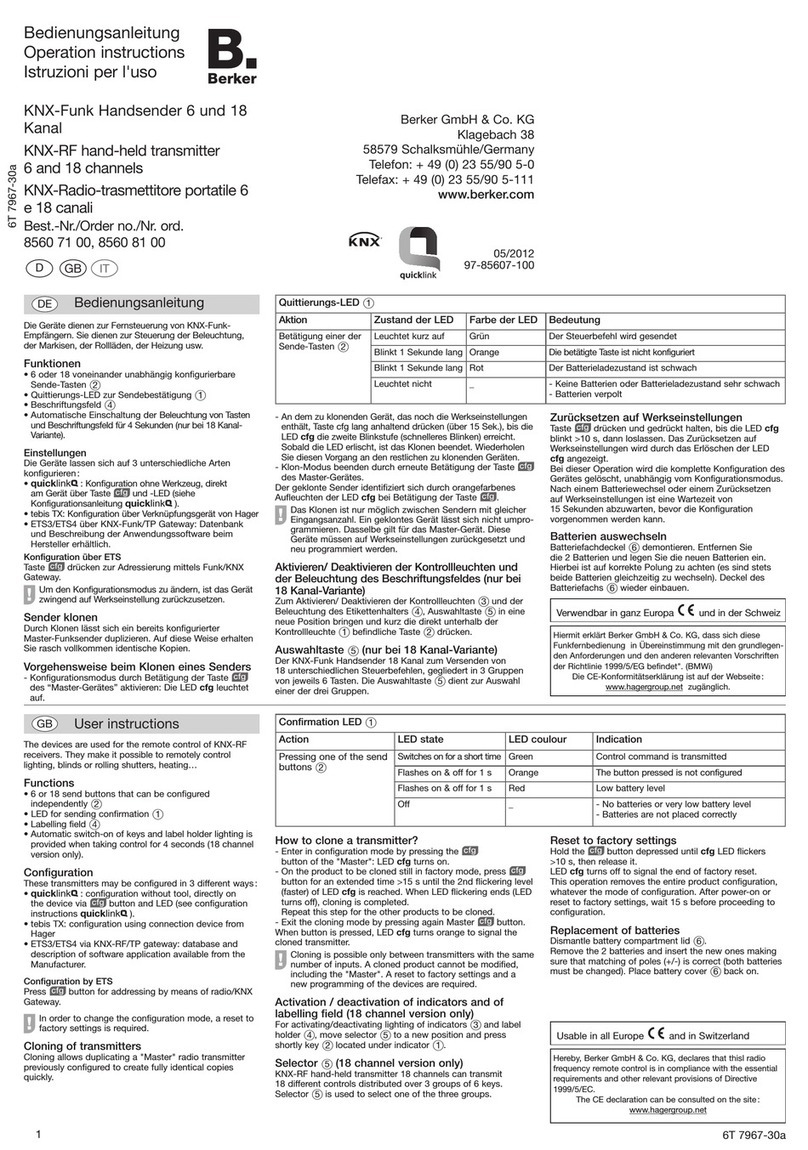
Berker
Berker KNX-RF User manual

Berker
Berker 8560 51 00 User manual

Berker
Berker 2769 User manual

Berker
Berker 8587 62 00 User manual

Berker
Berker 2721 Series Service manual
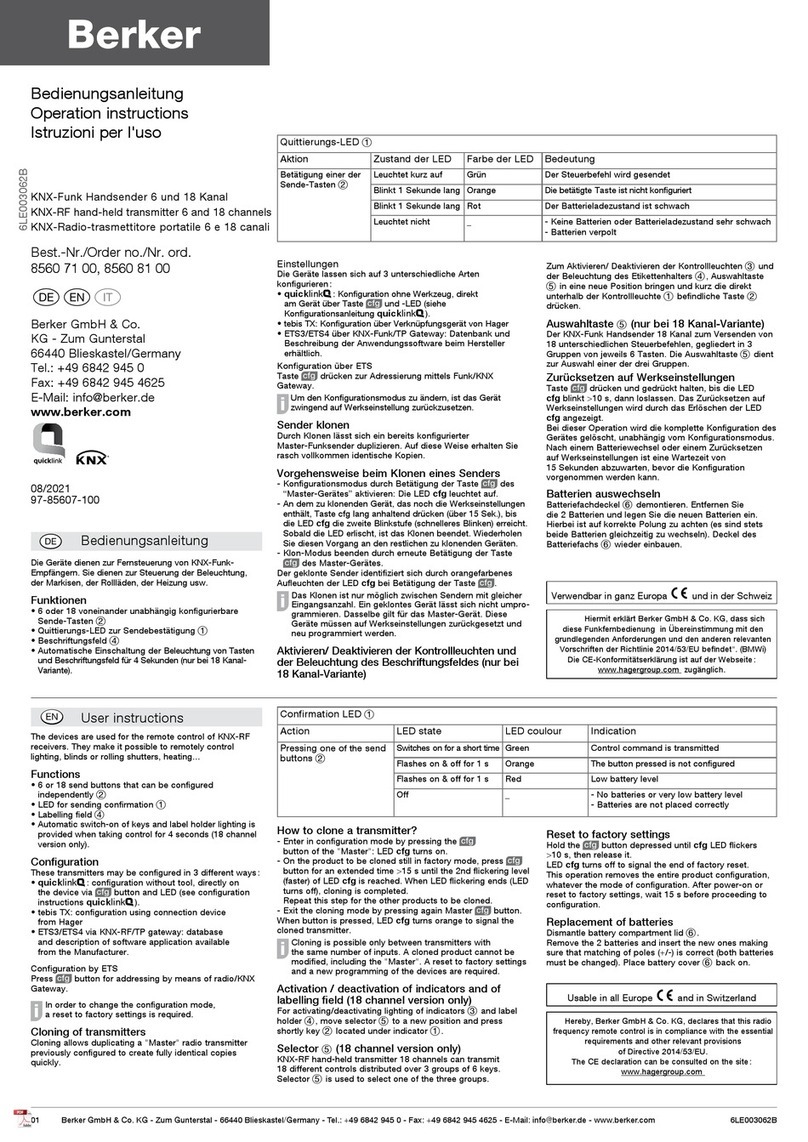
Berker
Berker 85607100 User manual
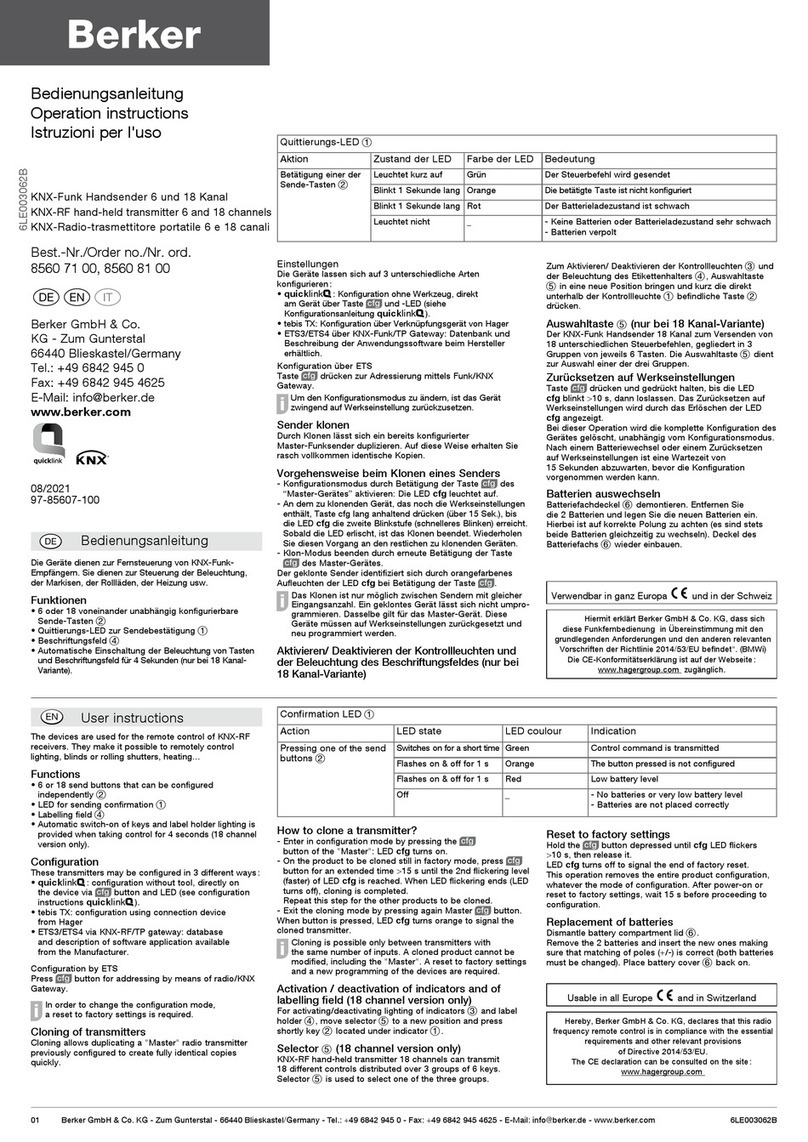
Berker
Berker 8560 71 00 User manual
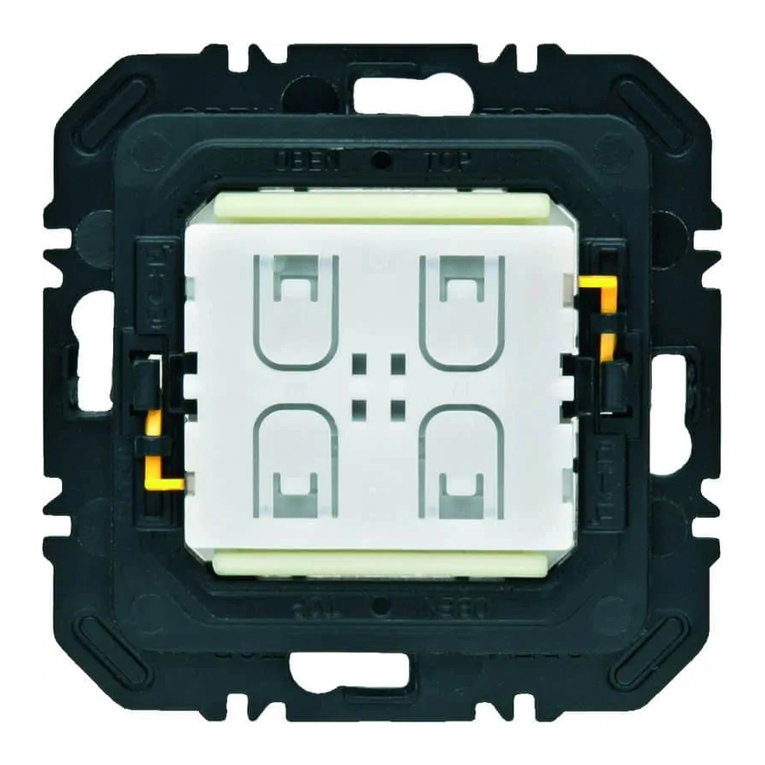
Berker
Berker 2411 12 00 User manual


